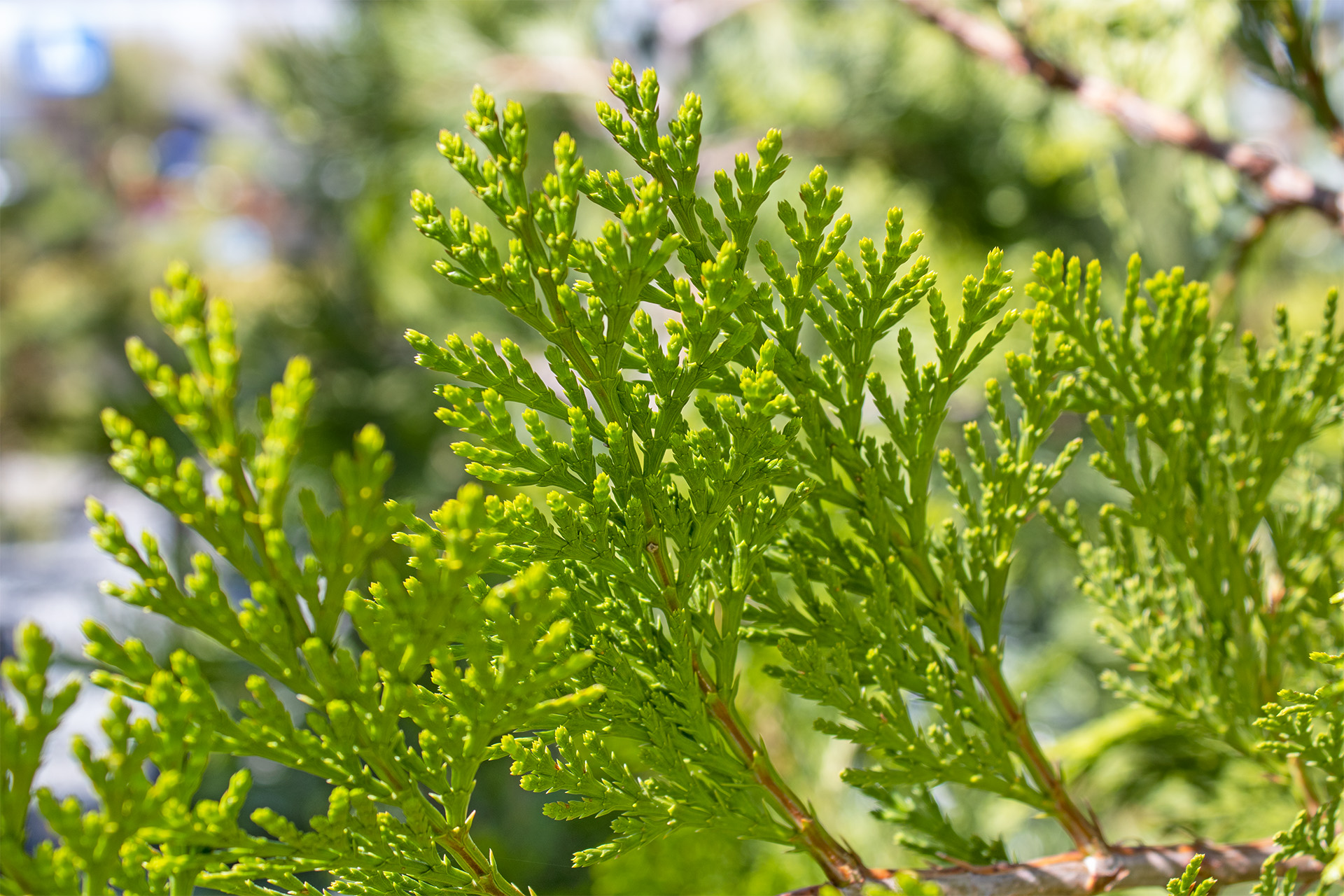Share

Why We Love Austrian Pines
Sure, it’s a pine and it’s from Austria, but Austrian Pines are so much more than that! Austrian Pines are one of our favorite trees and we’re here to tell you why. After all, they’ve not only earned the moniker of America’s Toughest Tree, they’ve also earned the place as our very own Moana Nursery logo.

Austrian Pines, as you may have guessed from the name, are native to Austria, but they’re also native to a swath of the Mediterranean region beyond that. From Portugal to Turkey and even into the mountains of Northwest Africa, the Austrian Pine has made its home in a wide range of climates. It’s most commonly found in cold temperate forests, but can survive mountain, high desert, and warm forest climates just as well. Austrian Pines were first brought to the States in 1759 to be used as an ornamental tree, an interesting turn since in Europe it was a well-known timber tree due to its relatively fast growth rate. Since then, it’s had a rather storied history in the US. This tree has continued to be a popular ornamental pick where it’s found use as both a statement tree and as a screen plant between houses, plus it’s a common selection for windbreaks and shelterbelts around farms. In fact, during the Dust Bowl this hardy tree was planted in droves to try to stop the damage from spreading farther across the Midwest. Over 217 million trees were planted during the Shelterbelt Project, which was part of the New Deal, in an effort to create jobs while also preventing soil erosion and damage from dust storms. Many of these trees still thrive across the 232,000 acres of planted farmland to this day.

Austrian Pine from a 1901 catalog
The reason these trees are tried and true favorites is due to their hardiness. With the range of climates they inhabit natively, they’re built to withstand sub-zero temperatures, the weight of ice, high altitudes, heat, an incredibly wide range of soil types including the alkaline soils we have here that many plants fail to thrive in, and natural salt, plus they’re highly resistant to urban pollution, making them a great choice for inner city areas too. Air pollution, road salt, and sunlight reflected off of buildings are all just a walk in the park to this tree when many other ornamentals wouldn’t survive. Being part of the pine genus, they’re also evergreens, so these trees keep their color year-round. This means they keep providing cover to wildlife during winter when other trees and shrubs are bare, making them a favorite of birds and squirrels. Their cones provide a food source for birds, squirrels, and chipmunks, while owls are quite keen on nesting in mature Austrian Pines. With their lifespan of up to 80 years in landscaping, these trees can become a regal addition to a yard for generations, and they get up to 60 feet tall to leave quite the impression over those years. The only thing they can’t do is survive in standing water, so as long as you don’t plant them on the water’s edge they’ll be happy to grow just about anywhere else for decades to come!

Now we may be biased, but we think you’ll agree there’s a lot to love about this tree. If you have questions about whether or not an Austrian Pine is right for your landscaping project, don’t hesitate to speak with one of our Plant Doctors either in-person at any of our stores or online. If you do decide to add this built tough pine to your property, we know it won’t take long for it to become one of your favorites. We can feel it in our roots!
If you have any questions, stop by any one of our three Moana Nursery garden centers or contact us online.
Share

Annuals grow fast and bloom hard. That kind of performance takes fuel, and fertilizer is their go-to energy source.

With its graceful shape, aromatic wood, and vital ecological role, the Incense Cedar is more than just an attractive tree—it’s a fantastic addition to any garden in the high desert.

The Sun Valley Red Maple is not just another tree—it's a resilient, seasonal beauty that thrives in the high desert, offering you years of color and grace in your landscape.

Whether you’re looking to enhance your garden with a striking ornamental tree or want a compact, resilient option for smaller spaces, the Snowdrift Flowering Crabapple tree is a fantastic addition to your landscape.
